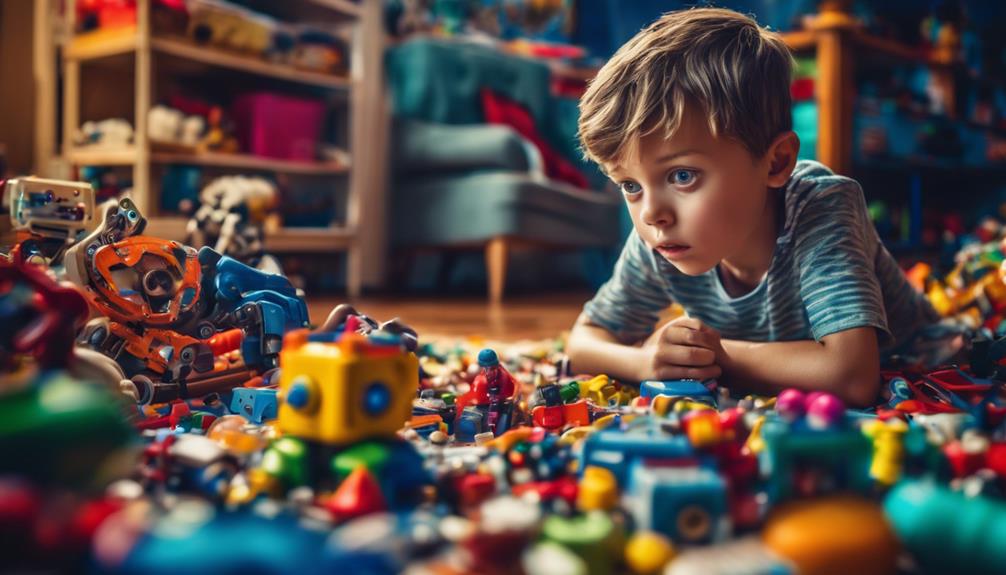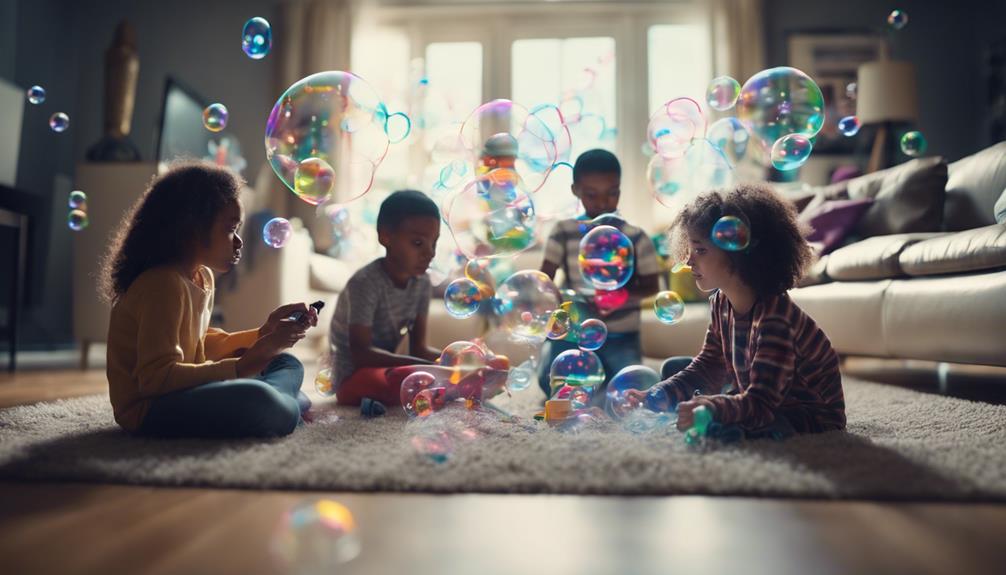AI-powered toys, such as Miko Mini, Grok, Fawn, and Moxie, are transforming playtime for children by harnessing advanced technologies. These toys feature facial and voice recognition, natural language processing, and recommendation algorithms to offer a more interactive and tailored play experience. They support academic development, improve communication abilities, and nurture emotional intelligence through adaptable content and empathetic interactions.
Furthermore, toys like Moxie incorporate sophisticated conversational models to aid in cognitive behavioural therapy, which is particularly beneficial for children with special needs. Delving deeper into this innovative area highlights its potential influence on future developmental practices.
AI Toys for Childhood Development
AI-powered toys like Miko Mini, Grok, Fawn, and Moxie are increasingly acknowledged for their role in enhancing childhood development by improving academic growth, communication skills, and emotional intelligence. These sophisticated devices utilise advanced algorithms to adapt to individual learning speeds, thereby optimising educational outcomes.
By engaging in interactive dialogues, these toys develop vital verbal skills and enhance interpersonal expertise in young users. Additionally, their ability to simulate empathetic interactions supports the emotional maturation of children, equipping them to manage complex social situations.
The strategic use of such AI tools in developmental contexts not only boosts cognitive and emotional capabilities but also positions children for competitive advantages in progressively digital environments.
Technological Features of AI Toys
Building on their role in childhood development, the technological features of AI toys like Miko, Grok, Fawn, and Moxie include advanced systems such as facial and voice recognition, recommendation algorithms, and natural language processing to enable dynamic interactions.
Miko's sophisticated algorithms allow it to adapt content based on a child's emotional cues and learning pace. Grok and Fawn utilise generative AI to animate storybook characters, creating immersive narrative experiences that foster cognitive development.
Moxie integrates higher versions of generative pre-trained transformers (GPT-4 and GPT-3.5) to conduct cognitive behavioural therapy, providing personalised psychological support and promoting mental well-being. These AI-driven capabilities not only enhance interaction but also strategically tailor educational content, ensuring optimal developmental support in real-time.
Challenges With AI in Playtime

While toys powered by artificial intelligence offer numerous advantages, they also pose several challenges during playtime, including concerns about the accuracy of AI responses and data privacy issues. The inherent unpredictability in generative artificial intelligence can sometimes lead to responses that are not only factually incorrect but may also implant misconceptions in young minds. This necessitates ongoing adjustments and improvements in AI algorithms to ensure reliability and educational value.
Furthermore, the collection and processing of personal data raise significant privacy concerns. Many AI toys require continuous data inputs to personalise interactions, leading to potential vulnerabilities in data security. These toys must therefore incorporate robust encryption and stringent data handling protocols to protect sensitive information and maintain trust among users.
Therapeutic Benefits of AI Toys
Many children, especially those with special needs, have gained significant therapeutic benefits from engaging with AI-powered toys like Moxie, which are designed to facilitate cognitive behavioural therapy conversations and mindfulness exercises. These toys utilise advanced natural language processing and machine learning algorithms to provide personalised interactions that aim to enhance emotional and social skills.
The technical sophistication of these devices allows them to detect and adapt to the child's emotional state, offering real-time, bespoke support. This capability is vital for creating a therapeutic environment that can complement traditional therapy methods. Both quantitative and qualitative assessments have shown improvements in emotional expression and self-regulation among users, highlighting the powerful impact of incorporating AI technologies in therapeutic settings for children.
Privacy and Market Trends

Amid the therapeutic benefits of AI toys, concerns regarding data privacy and shifting market dynamics necessitate meticulous examination. The incorporation of sophisticated technologies like facial recognition and natural language processing in toys such as Miko and Moxie brings significant privacy issues to the forefront. Data gathered from children could be at risk of breaches or misuse if not sufficiently safeguarded.
Manufacturers are implementing robust measures such as local data processing and encryption, yet the efficacy of these solutions in a rapidly changing tech landscape remains a topic of debate. Simultaneously, market trends show a marked increase in demand for AI-driven educational and therapeutic toys, expected to significantly influence market strategies and competitive dynamics.
Stakeholders must manoeuvre through these complexities with a strategic approach to preserve consumer trust and maintain market growth.
Conclusion
In conclusion, AI-powered toys mark a significant advancement in children's play, offering considerable benefits in both educational and emotional development through advanced technological features like natural language processing and facial recognition.
However, these innovations also present notable challenges, particularly concerning data privacy and the precision of AI interactions.
With market trends indicating robust growth, it is essential to address these issues to fully realise the potential of AI toys in creating a future where play is both educational and transformative.
